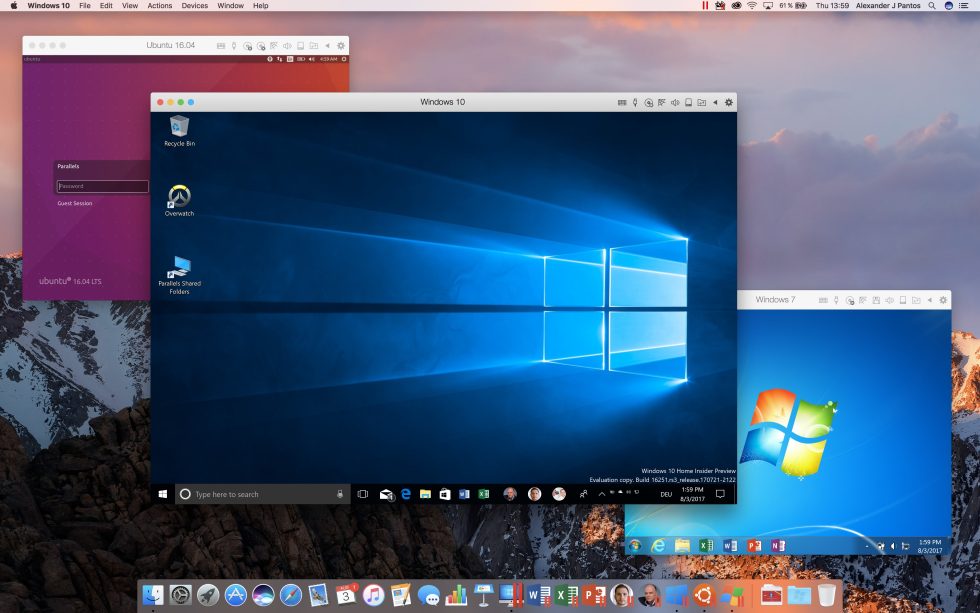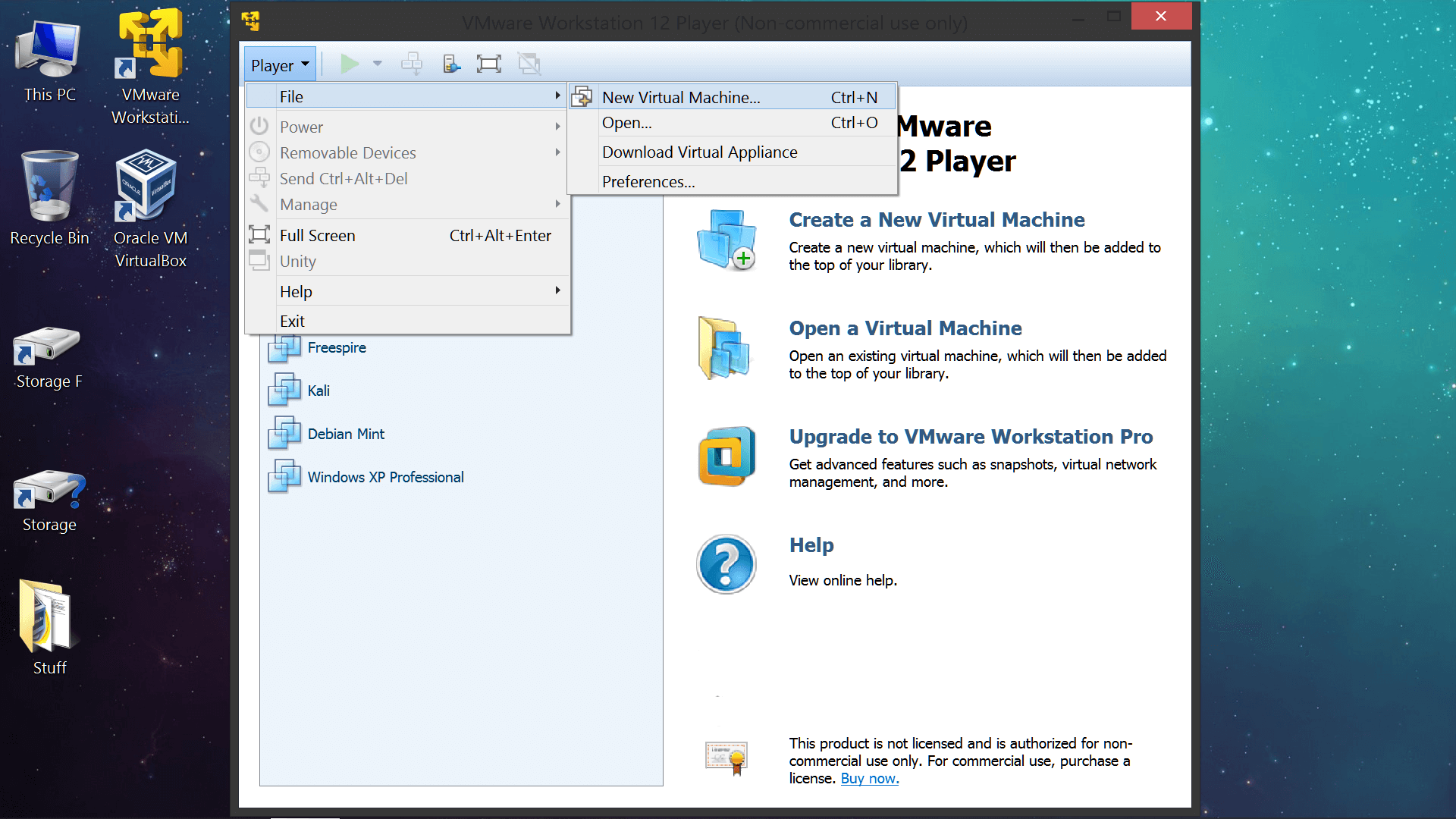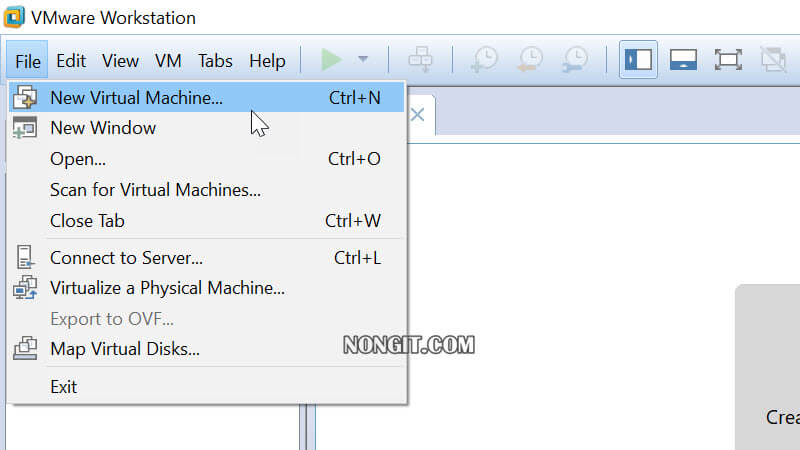

- Windows 10 vm license how to#
- Windows 10 vm license install#
- Windows 10 vm license driver#
- Windows 10 vm license for windows 10#
- Windows 10 vm license windows 10#
The Windows 10 ISO image will boot and installation will begin. 6144 is ideal if you have 16GB+ of Linux RAM. Also ensure that the -m option provides enough RAM for Windows 10, without eating up all your system's RAM. The -usb -device usb-tablet option will cause our mouse and keyboard interaction with our virtual environment to be intuitive and easy to use.įor optimal performance, adjust the script so that the -smp option specifies the exact number of cores and threads on your system - on non-HyperThreading systems (AMD and some Intel), simply remove the ,threads=X option entirely and just specify cores.
Windows 10 vm license driver#
To assist us in installing the VirtIO drivers, we have configured the system with two DVD drives - the first holds the Windows 10 installation media, and the second contains the VirtIO driver ISO that we will need to access during Windows 10 installation.
Windows 10 vm license install#
This will require that we install special drivers during installation to access the disk and enable networking, but will give us better performance. The system disk is the 30GB raw image you created, and we tell QEMU to use "virtio" mode for this disk, as well as "virtio" for network access. If you are using the SPICE method, described later in this document, no window will appear, and you will be able to connect remotely to your running virtual machine. The display will be shown locally, in a window. It starts the qemu-kvm program and instructs it to use KVM to accelerate virtualization. Here is a brief summary of what the script does. rtc base =localtime,clock =host -smp cores = 4,threads = 8 \

net nic,model =virtio -net user -cdrom $,index = 3,media =cdrom \ Use your favorite text editor to create the following script.
Windows 10 vm license how to#
If you build your kernel from scratch, please see the KVM page for detailed instructions on how to enable KVM. If you are using an automatically-built kernel, it is likely that kernel support for KVM is already available. See the SPICE section for tweaks that you will need to make to these instructions if you plan to run Windows 10 on a Funtoo Linux system that you will connect to remotely.įollow these steps for the system that will be running the virtual machine. This can be a local Linux system, or if you are using SPICE (see SPICE), a local or remote system. You will need KVM to be set up on the machine that will be running the virtual machine. It allows you to create and start hardware-accelerated virtual machines under Linux using the QEMU tools. KVM is a hardware-accelerated full-machine hypervisor and virtualization solution included as part of kernel 2.6.20 and later. If you have adaptations to the docs for other Linux distributions, please feel free leaving the steps at the talk page and we'll consider adding them.

Windows 10 vm license for windows 10#
But we are happy to have this page be a good general resource for Windows 10 under KVM for all Linux distros. They may need to be adapted somewhat for other Linux distributions. While this page provides a good introduction to how to run Windows 10 with Linux KVM, some parts of these instructions are specific to Funtoo Linux.


 0 kommentar(er)
0 kommentar(er)
